The Fabric of Culture
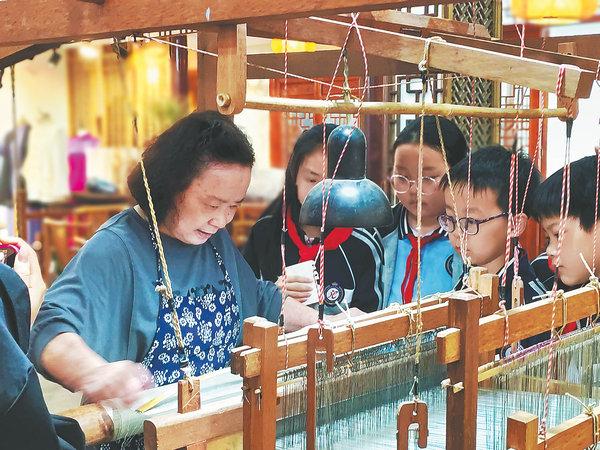 |
| Hong Guizhen, an inheritor of hangluo craftsmanship, shows students the weaving technique. [Photo/China Daily] |
Silk production involves the cultivation of mulberry trees and the breeding and care of silkworms, which produce cocoons from which silk filaments are unwound. It is one of the things that, even today, remains firmly archaic — continuing to exist in a time when patience was not a scarce resource. People have been weaving silk, which is known as si in Chinese, into fabric for more than 5,000 years.
The sericulture and silk craftsmanship of China was listed in the Intangible Cultural Heritage of Humanity by UNESCO in 2009.
Fabrics such as ling, luo, chou and duan represent the evolving techniques of textile production throughout different periods. Originating from silkworms and refined through looms, the varying weaving methods ultimately result in differences in shape and tactility.
The luo weaving technique stands out, particularly for its demanding level of craftsmanship.
Characterized by its openwork patterns, luo fabrics offer enhanced breathability. The technique originated sometime during the Spring and Autumn (770-476 BC) or Warring States (475-221 BC) periods, and gained popularity during the Song Dynasty (960-1279), mostly due to the attire required for official rituals and the impressive plain-woven silk textiles produced in Hangzhou, Zhejiang Province, which are called hangluo.
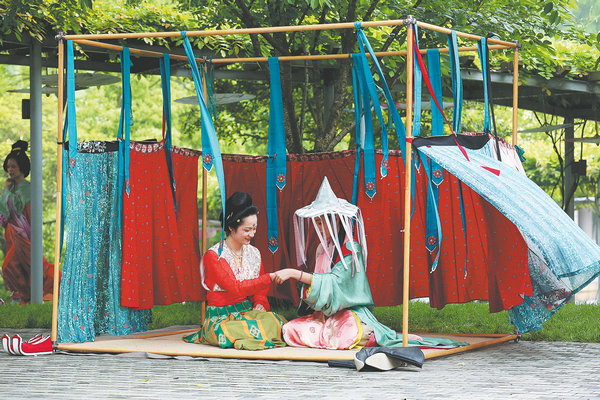 |
| The China National Silk Museum in Hangzhou, Zhejiang Province, hosts a costume festival in April. [Photo/China Daily] |
The value of hangluo is derived from two main aspects. First, its exceptional raw materials. The climate in the region is mild, making it an ideal place for mulberry cultivation. Second, the technique is incredibly refined.
Mulberry silk nourished by the soil and water of the Qiantang area has to go through a series of steps — including soaking, reeling, warping, threading the heddles and reeds, waxing, and shaking the warp — before it can be woven on the machine. The rough fabric then undergoes a fine-tuning process and dyeing to become the exquisite hangluo gauze.
In an era of mechanical production, inheriting a traditional craft is not easy, said Zhang Chunqing, 44, head of the Hangluo Conservation Organization in Hangzhou.
Due to the complexity of the process, the weaving technique of hangluo was almost lost. Yet, inheritors, like Zhang, Shao Guanxing and Hong Guizhen, are striving to keep the craft alive.
In the 1980s, Shao and his wife, Hong, fourth-generation representative inheritors of hangluo craftsmanship, managed to restore and improve the ancient manual loom technique.
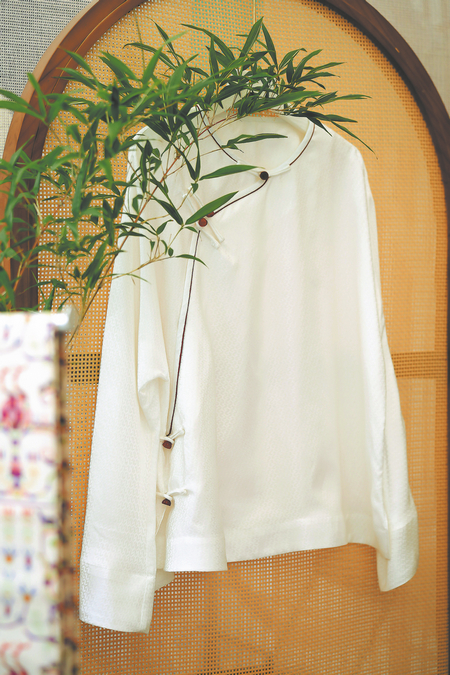 |
| Clothes made of hangluo gauze, one of the most sought-after silk fabrics in the country. [Photo/China Daily] |
It once took a skilled craftsman eight hours to handweave approximately 80 centimeters to one meter of gauze. After the duo's improvements, around eight meters of fabric can be woven in the same amount of time.
Shao, who was born in 1954 into a family of craftsmen in Hangzhou, grew up in a weaving workshop. Since his grandfather learned the weaving technique at the end of the Qing Dynasty (1644-1911), the family has been practicing the craft for over 150 years. In 1984, he expanded his family's small workshop into the Fuxing Silk Factory.
Before meeting Zhang, who used to study finance as his major, Shao's business wasn't profitable and sometimes even ran at a loss.
Originally from Beijing, Zhang had never come into contact with the craft before moving to Hangzhou. He still remembers the first time he stepped into Shao's factory, it was dark, damp, and had a peculiar smell.
Zhang suggested halting the production and switching to other, more economically viable, silk types. Shao decided to make him a set of hangluo clothes, which completely blew Zhang's mind.
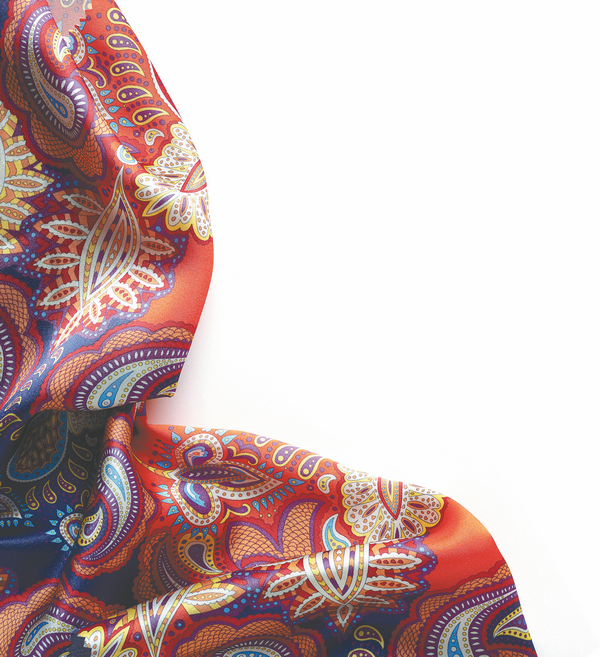 |
| [Photo/China Daily] |
"The outfit was light and breathable. I couldn't help but marvel at the existence of such an extraordinary fabric," Zhang recalls.
He never mentioned closing down the factory again. Instead, he followed Shao to the factory every day, humbly learning the various production processes of the gauze.
Continuous innovation, including enriching the colors of the fabric, has been effective in helping to evolve hangluo in recent times.
In order to change the impression that hangluo is a luxury beyond the reach of many, Zhang plans to introduce it into ordinary households through brand building and product development.
"We will cooperate with companies from different fields and use modern media communication methods to enable everyone to see the charm of hangluo," Zhang says.
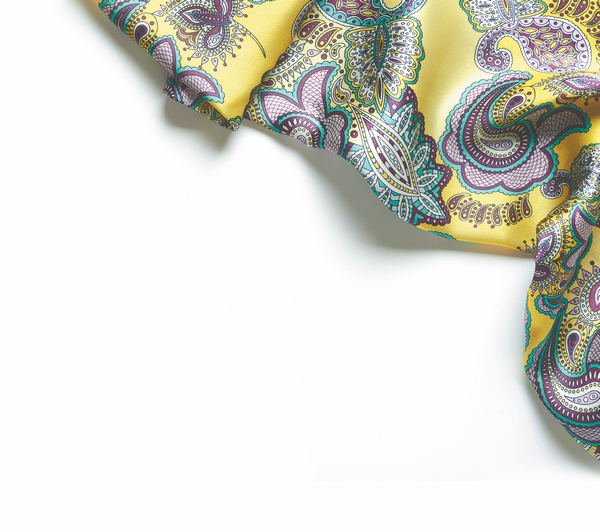 |
| [Photo/China Daily] |
(Source: China Daily)
Please understand that womenofchina.cn,a non-profit, information-communication website, cannot reach every writer before using articles and images. For copyright issues, please contact us by emailing: website@womenofchina.cn. The articles published and opinions expressed on this website represent the opinions of writers and are not necessarily shared by womenofchina.cn.


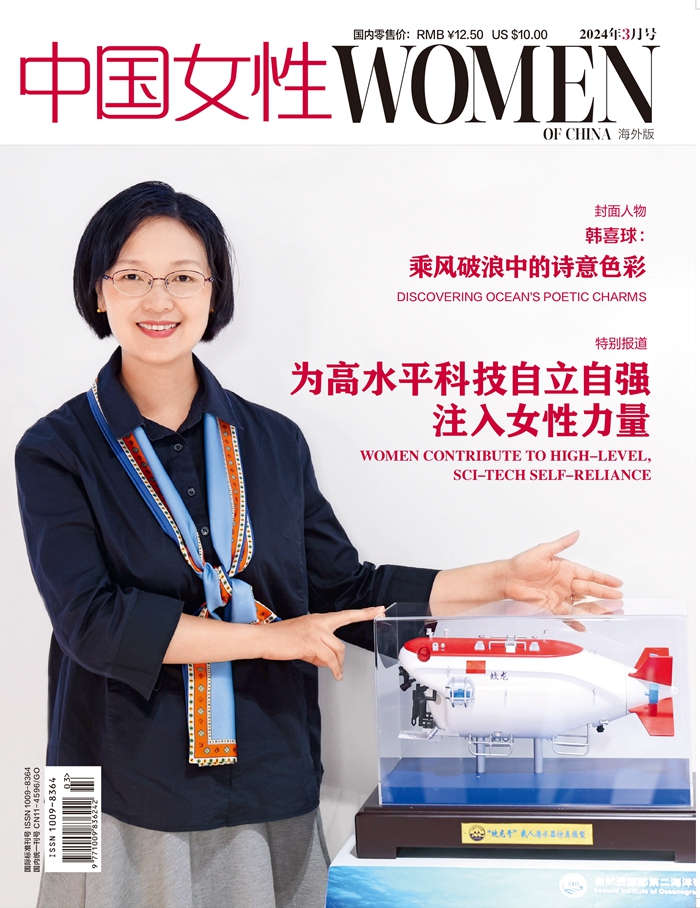
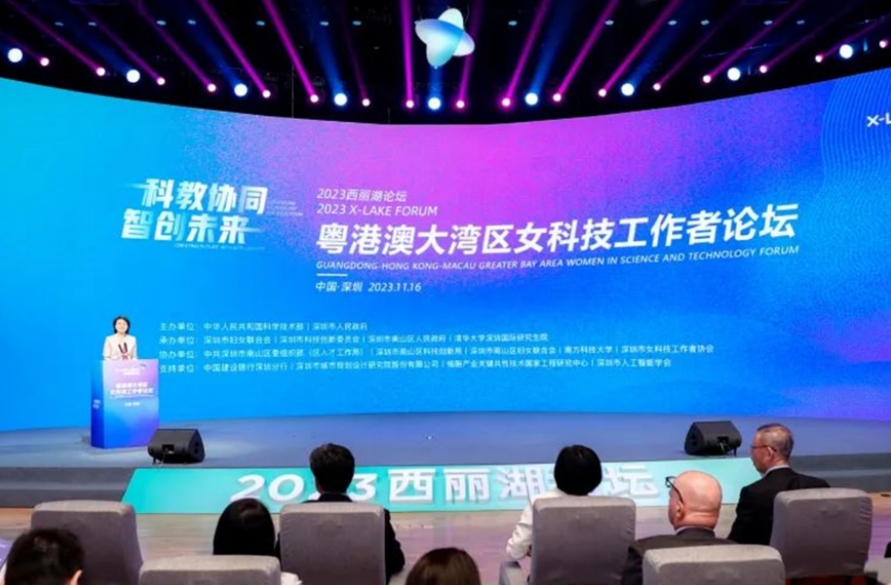
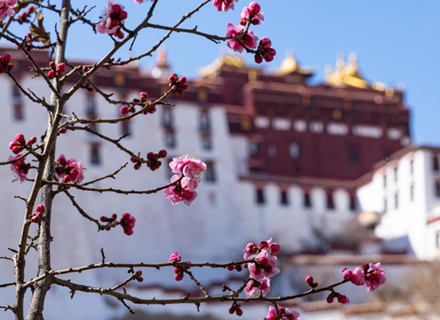
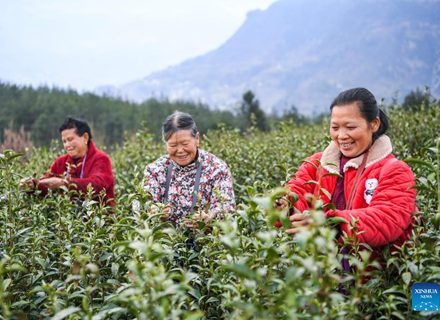


 WeChat
WeChat Weibo
Weibo 京公网安备 11010102004314号
京公网安备 11010102004314号